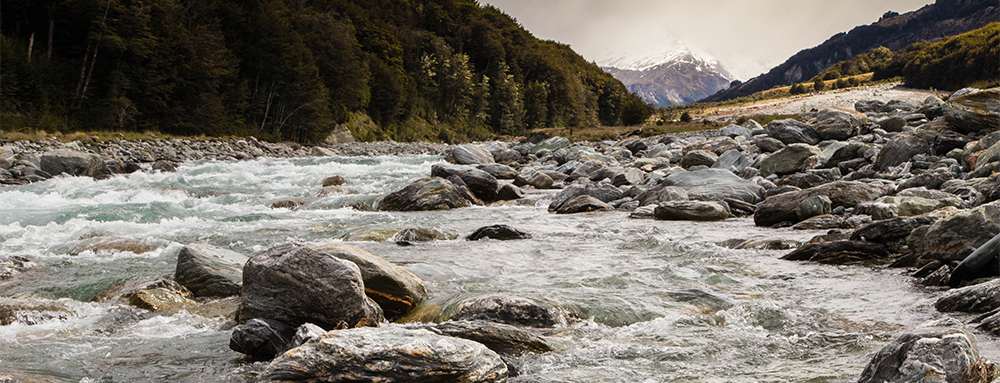A sustainable sewerage system for Glenorchy - Summary
NZ Legislation regarding sustainability
1991 Resource Management Act
5 Purpose
(1) The purpose of this Act is to promote the sustainable management of natural and physical resources.
(2) In this Act, sustainable management means managing the use, development, and protection of natural and physical resources in a way, or at a rate, which enables people and communities to provide for their social, economic, and cultural well-being and for their health and safety while—
(a) sustaining the potential of natural and physical resources (excluding minerals) to meet the reasonably foreseeable needs of future generations; and
(b) safeguarding the life-supporting capacity of air, water, soil, and ecosystems; and
(c) avoiding, remedying, or mitigating any adverse effects of activities on the environment.
Sustainability in the context of sewerage:
- The maintenance of limited “natural and physical” resources (water, nutrients and energy) whilst managing pathogens.
- The goal is for a system that uses no energy or water, recycles all nutrients and kills all pathogens. Each of these elements can be measured, and the performance of a combination of technologies can be quantified.
- Within the context of our community, the way in which waste streams (faeces, urine and grey water) are managed also needs to account for individual preferences and cost or affordability.
- Commercially available technologies limit how close a system may come to the optimum system. Market forces prioritising sustainability will affect commercial availability.
Incumbent technology
- “not especially clever, nor logical, nor completely effective – and is not necessarily what would be done today if there was the chance to start again” 1
- Not sustainable: uses water and energy to flush and propel solid wastes to the central treatment system. Nutrients are not recycled.
Glenorchy opportunity – clever and effective
Sustainability is a community priority:
Vision planning 2015
Living building development - 2nd in NZ
GreenGold Enviro School – first in the Wakatipu basin
Proposal:
- Immediate priority: Business sewerage systems and Humboldt park
- Provide a system that addresses immediate needs, whilst allowing for those not in immediate need to flexibly choose from current and emerging technology.
- Reticulation for management of grey water, treatment and disposal.
- Consider nutrient recycling technologies, and mechanisms by which these will satisfy regulatory requirement for monitoring discharge.
- Incentives for individual households to choose technologies that reduce water volumes, recycle nutrients
1. From a short summary of the history of sewerage in: Sanitation and disease: Health aspects of excreta and wastewater management; Feachem et.al; World Bank, 1983; P64.
Read full article

